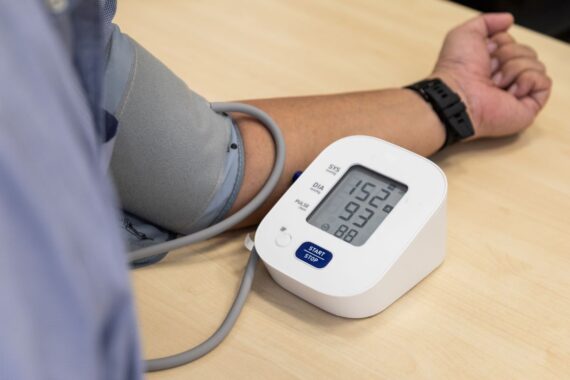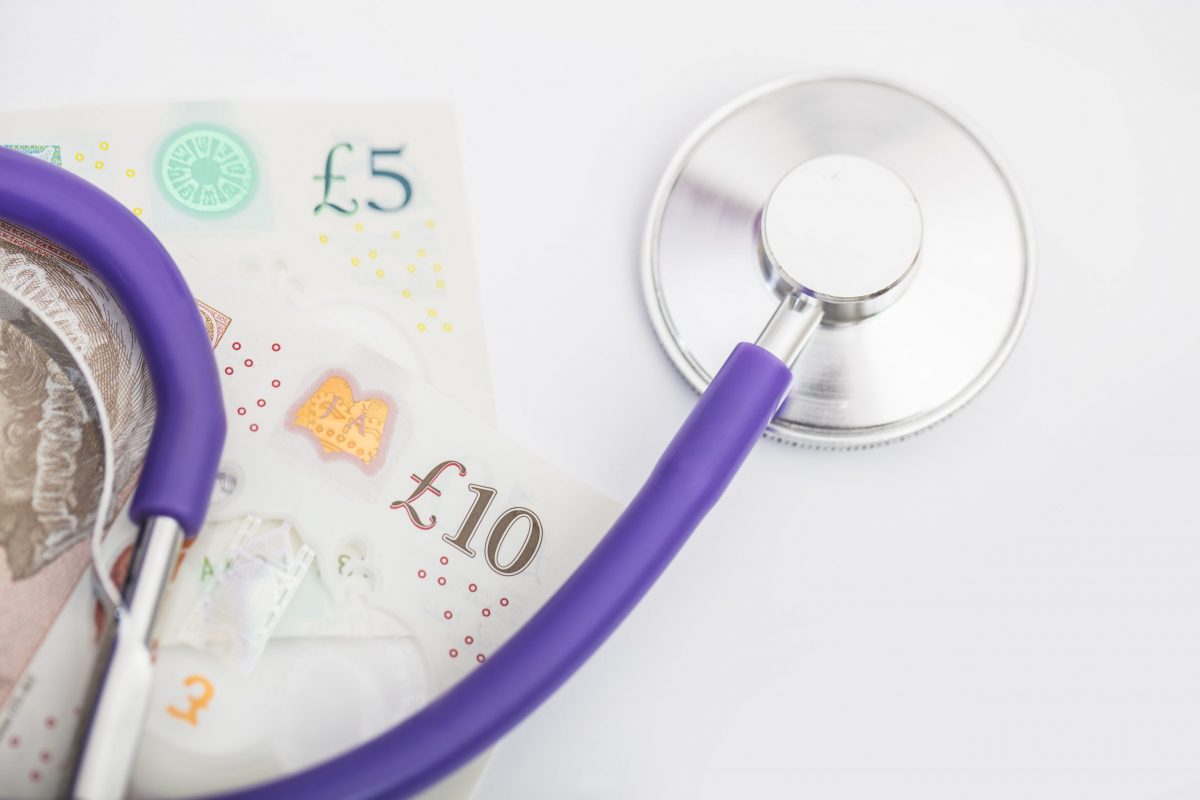NHS England has announced it will further expand the use of virtual wards in an update to the urgent and emergency care recovery plan.
It includes proposals for GPs to have easier access to ‘step-up wards’ to prevent people ending up in hospital as well as an aim to increase the use of virtual wards for children.
The updated framework also details how local areas can allow direct referrals by GPs and 999 to same-day emergency care.
It comes after an evaluation of virtual wards in the South East region showed more than £10m of savings plus 9,000 admissions avoided in the past year.
Virtual ward beds in the South East had increased by 20% in the past six months and the analysis done by PPL concluded the longer they run the more likely they are to show impact as volume increases and cost per admission start to fall.
Services, which include specific virtual ward for frailty or respiratory patients, are also making greater use of remote technology but better digital integration is needed across healthcare providers and primary care it found.
However, the evaluation noted that Black and minority ethnic people are consistently underrepresented in virtual ward patient cohorts although there are also gaps in the data.
If the South East virtual ward model is scaled up across England, 178,000 admissions could be avoided over the next two years, NHS England said.
A new virtual wards operational framework will be produced in spring or summer this year to help tackle variation, achieve further standardisation and ensure the benefits of virtual wards can be realised at scale, the plan said.
The updated urgent and emergency care recovery plan also includes funding incentives for hospitals to get rid of 12-hour A&E waits and frailty assessments at the front door of the emergency department to identify patients over 65 who may need access to specialist clinicians.
It also points to a primary care access line model for GPs and ambulance staff to receive guidance from a nurse including direct booking and referrals to secondary care services, as well as pathways to community and out-of-hospital services.
Where this is being used in Leeds phone calls have grown to 225 a day with access to over 50 clinical pathways, NHS England said.
NHS national director for urgent and emergency care, Sarah-Jane Marsh, said thanks to the hard work of NHS staff, last year saw ‘considerable progress’ in the recovery of urgent and emergency care services with improvements in A&E performance and ambulance response times.
‘However, it is clear there is still much further to go and with the rollout of ambitious new measures like more direct referrals to same day emergency care, more ‘step-up’ virtual wards, and targeted support for patients who regularly attend A&E, we are confident this plan can deliver further improvements for patients and continue to bring down the longest waits for care.’
The chief executive of NHS Providers, Sir Julian Hartley, said: ‘Driving down long waiting times for patients rightly remains a top priority for leaders across hospital, mental health, ambulance and community services and their health and care partners.’
Professor Adam Gordon, president of the British Geriatrics Society, said they were particularly pleased to see the focus on frailty assessments at the front door.
‘This approach is feasible through careful redeployment of existing teams. It helps more vulnerable patients start treatment sooner and can, in many instances, help people get out of hospital with appropriate care days earlier.’
Siva Anandaciva, chief analyst at The King’s Fund, said: ‘The efforts to deliver more care in the community through virtual wards has great potential to reduce avoidable admissions and help patients when stepping up or down from hospital care, as long as this approach also comes with investment in staff skills and infrastructure.
‘Many people end up attending A&E after experiencing difficulties accessing GP appointments or other local avenues for care, exacerbating already high demand for urgent and emergency care.
‘It is good to see national decision makers and politicians make a strategic decision to bolster community services as part of their solution to free up overcrowded hospitals.’













This sounds like yet another rehash of admission prevention strategies that have been been in place for decades.
Does “GP ….access to virtual wards” probably implies additional GP workload?
A “primary care access line for GPs.. to receive guidance from a Nurse” suggests yet another layer of trage and potential deflection/rejection of GP referrals?
No doubt PCN and ICB clinical directors as well as as few GP enthusiasts will accept this without questioning the impact on workload.
Hopefully LMCs will have an opportunity to examine the detail before this gets rolled out.
Another service where the nurse sees, sends a message – for GP to action
The NHS is seriously going down the pan